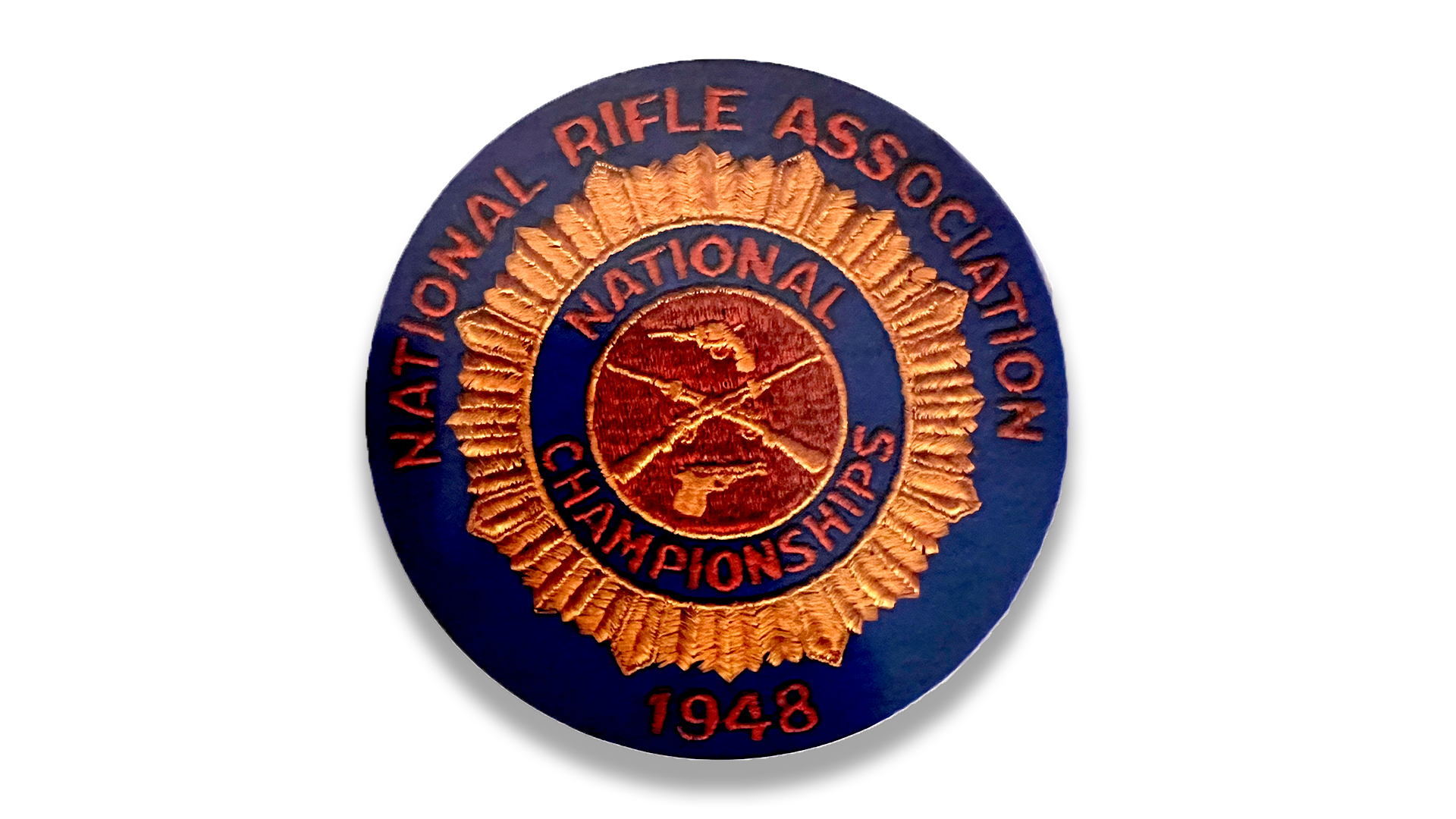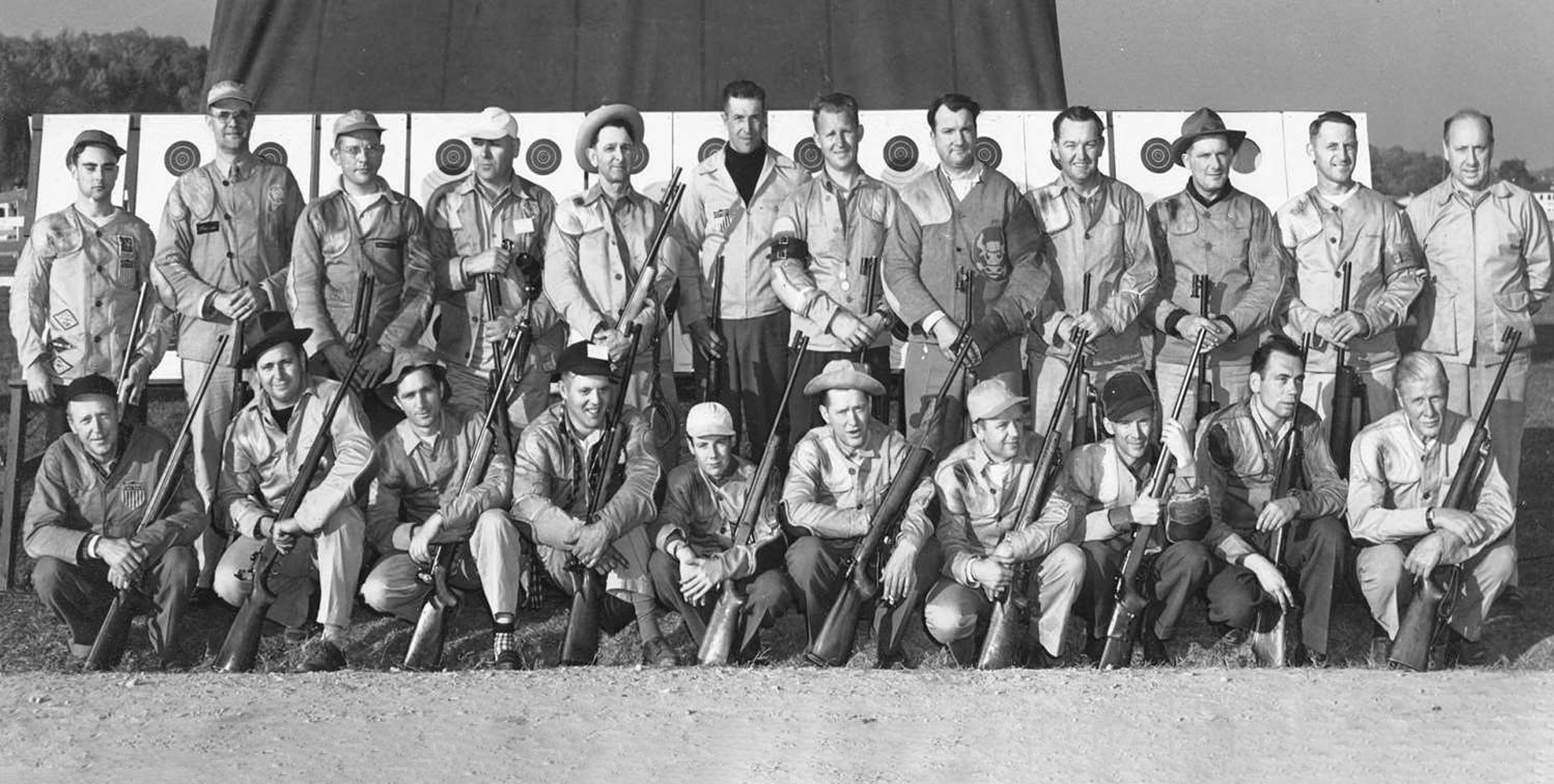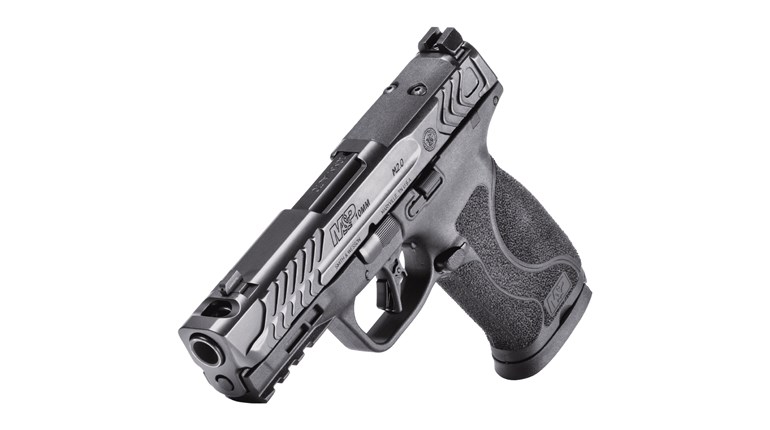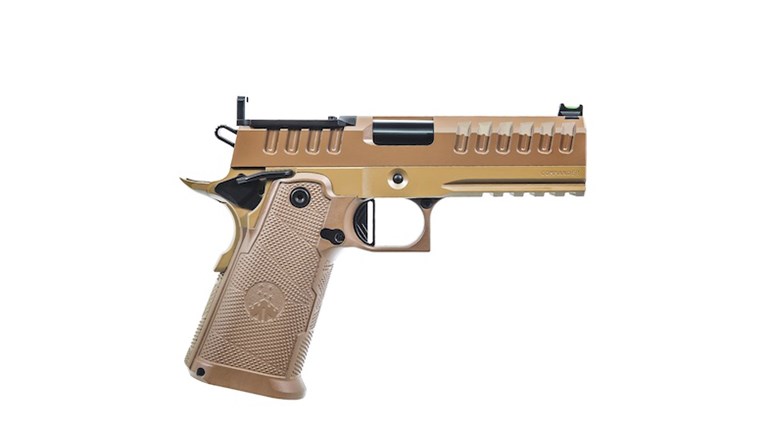
“Few sessions of Congress have presented a worse record of mind-changing in mid-course, internal bickering, narrow sectionalism and political partisanship than the current one …The House of Representatives has passed the Army Appropriation Bill without providing the funds requested by the NRA for the National Matches or for the purchase of ammunition for issue to civilian rifle clubs … It is now a forgone conclusion that there will not be any .30 caliber National Matches in 1948.”
—The American Rifleman, June 1948
There was optimism among National Rifle Association of America and National Board for the Promotion of Rifle Practice officials in the spring of 1948 that a National Match program, complete with high power competition, would be federally funded. But by the early summer of 1948, the optimism was supplanted by the major disappointment that the Appropriation Sub-Committee in Congress denied the allocation of National Match funds altogether.
Not surprisingly, the NRA stepped up to fill the void created by the federal decision on the 1948 matches. But unlike the three National Match programs that were fired since 1941 when only National Trophy pistol events were conducted to some degree, the 1948 national competition was solely the responsibility of the NRA. So, for the record, 1948 was a year when no National Matches were held, yet it would be negligent to overlook the critical role that the NRA assumed to ensure that a portion of America’s shooters had a means to showcase their competitiveness at the national level.

Once Congress adjourned, the NRA Executive Committee quickly decided to provide a “Championship of Champions” at the Marine Corps facility in Quantico, Virginia, for regional winners. The national pistol and smallbore competition was held in conjunction with the NRA’s new annual convention format that marked the beginning of the tradition where meeting locations changed annually to include a broader scope of member representation. Prior to 1948, the NRA conducted member meetings at the National Match site which, for obvious reasons, attracted a partisan audience.
Shooters with the top three grand aggregate scores from each of nine smallbore regional sites (eight for pistol), in addition to the defending national smallbore and pistol champions, were invited to fire at Quantico, where Chief Range Officer Capt. Harold Jerome directed activities conducted by Warrant Officer Mark Billings and Capt. James Petrie for pistol and smallbore, respectively. The NRA paid the way for this year’s field, and familiar names finished atop the list of 51 competitors: 26 in smallbore and 25 in pistol.
1948 Smallbore Regional Sites
- Santa Barbara, Calif.
- Denver, Colo.
- Wallingford, Conn.
- Bristol, Ind.
- Des Moines, Iowa
- Altoona, Pa.
- Knoxville, Tenn.
- Dallas, Texas
- Seattle, Wash.
1948 Pistol Regional Sites
- San Francisco, Calif.
- Denver, Colo.
- Jacksonville, Fla.
- Shreveport, La.
- Poughkeepsie, N.Y.
- Dallas, Texas
- Quantico, Va.
- South Bend, Wash.
“The fifty-odd shooters who will vie for the national crowns at the Virginia Marine Corps ranges will comprise the most select field of master shooters ever assembled for a shooting event. They will have won the right to shoot for the two most coveted crowns in the shooting world only after having defeated hundreds of other marksmen in gruelling [sic] regional tests.”
—The American Rifleman, September 1948

The rivalry between Detroit police officer Harry Reeves and Army Sgt. Huelet “Joe” Benner did not disappoint as reported in the December 1948 issue of The American Rifleman: “These two fine pistolmen waged a three-day battle that will be remembered for years as one of the highlights of competitive handgun shooting.” With a score of 2611, Reeves reclaimed his position as national pistol champion—his fourth title overall after beating out Benner in the 12-stage course.
In smallbore, high winds led to low scores, and former junior champion and newly crowned Olympic gold medalist Art Cook’s 3150x3200 score not only led the field, but also denied runner-up Garrett Wayne Moore a third consecutive title in the process.
“All of the competitors were top notch … However, before the first day’s firing was over it was evident that the rifle championship battle would be a personal duel between “Cookie” [Arthur Cook], who won the Olympic title last summer and G. Wayne Moore, the defender of the U.S. national crown. The same was true in the pistol competition—it was Reeves against Benner, and the rest of the field would fight it out for position three.”
—The American Rifleman, December 1948
Despite the change in venue, the 1948 NRA members meetings were dominated by National Match issues and comparisons were made as to how future programs could benefit from the format of the NRA championships at Quantico, which was widely praised. The media favored National Match revisions that mirrored the Quantico event based on December’s The American Rifleman, where it was reported that “judging from the comments of working pressmen who indicate it is much easier and more newsworthy to concentrate on one big show than the three-ring circus that was [Camp] Perry … they advise that the mass participation angle should be a separate show and not confuse the main issue, which is to select national champions.”
Indeed, the NRA meetings did not lack for debate in 1948. Many of the attendees touted the merits of an annual, open Camp Perry format, while others thought it best to “weed out” competitors at the regional level in order to establish a National Match program more in tune with what was offered at Quantico. A key issue appeared to be whether Camp Perry could accommodate a traditional program, given that the wartime expansion of the neighboring Erie Ordnance Depot encroached on the range facilities. Opinions on National Match conduct varied from offering the Small Arms Firing School at the regional level to permit more firing time for national events, to eliminating “unattached” competitors altogether since some thought Perry could handle no more than team entries at best.
Such discussion also led some to suggest that conducting National Match programs at sites other than Camp Perry would best serve the nation’s shooters—programs that might include a more expansive offering of events, like bobber and moving targets, in addition to the “traditional types of events originated at Creedmoor three generations ago.” As it turned out, the next three National Match programs were fired at locations other than Camp Perry—and far enough apart that each site featured a different time zone.

































